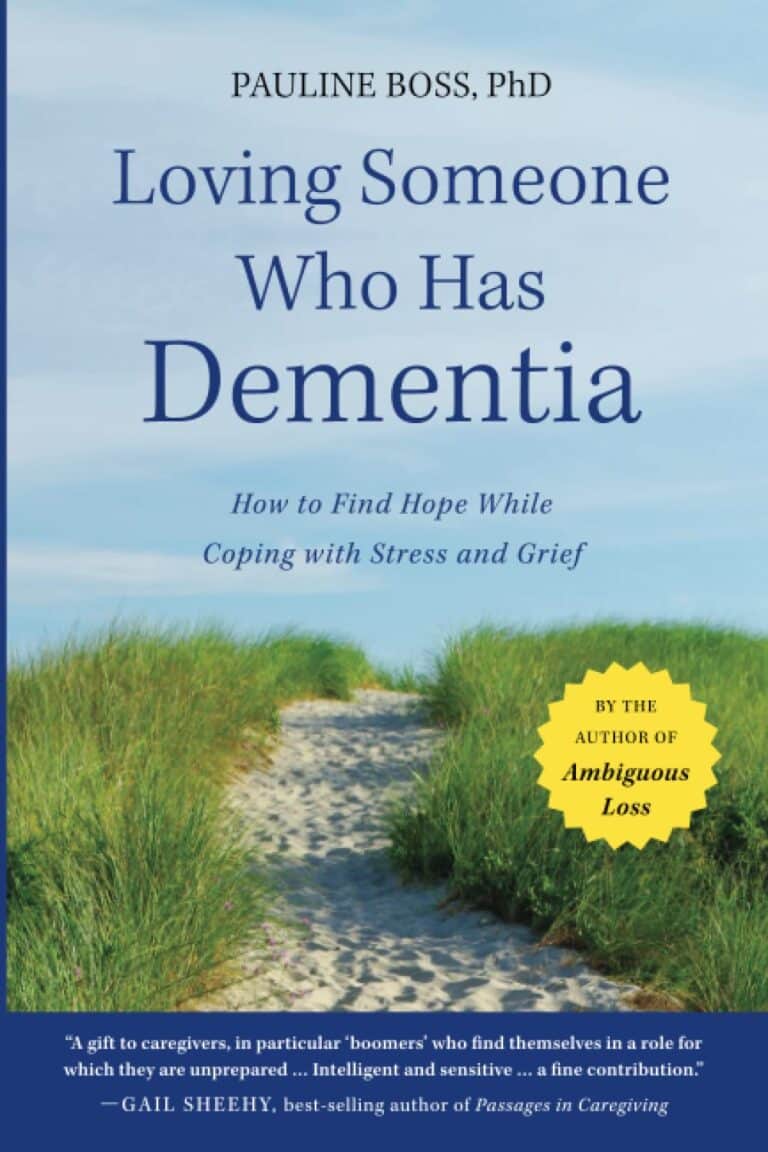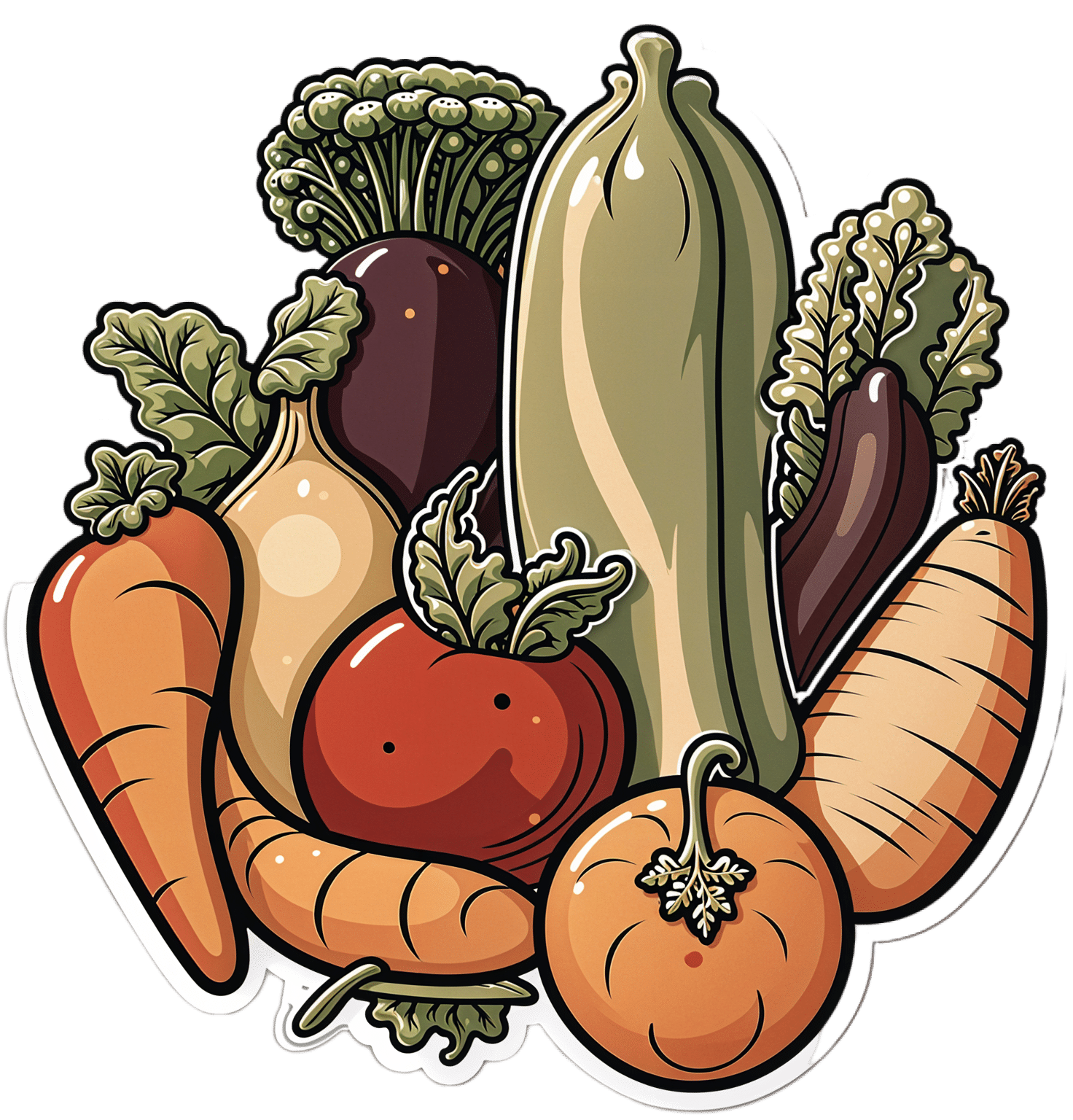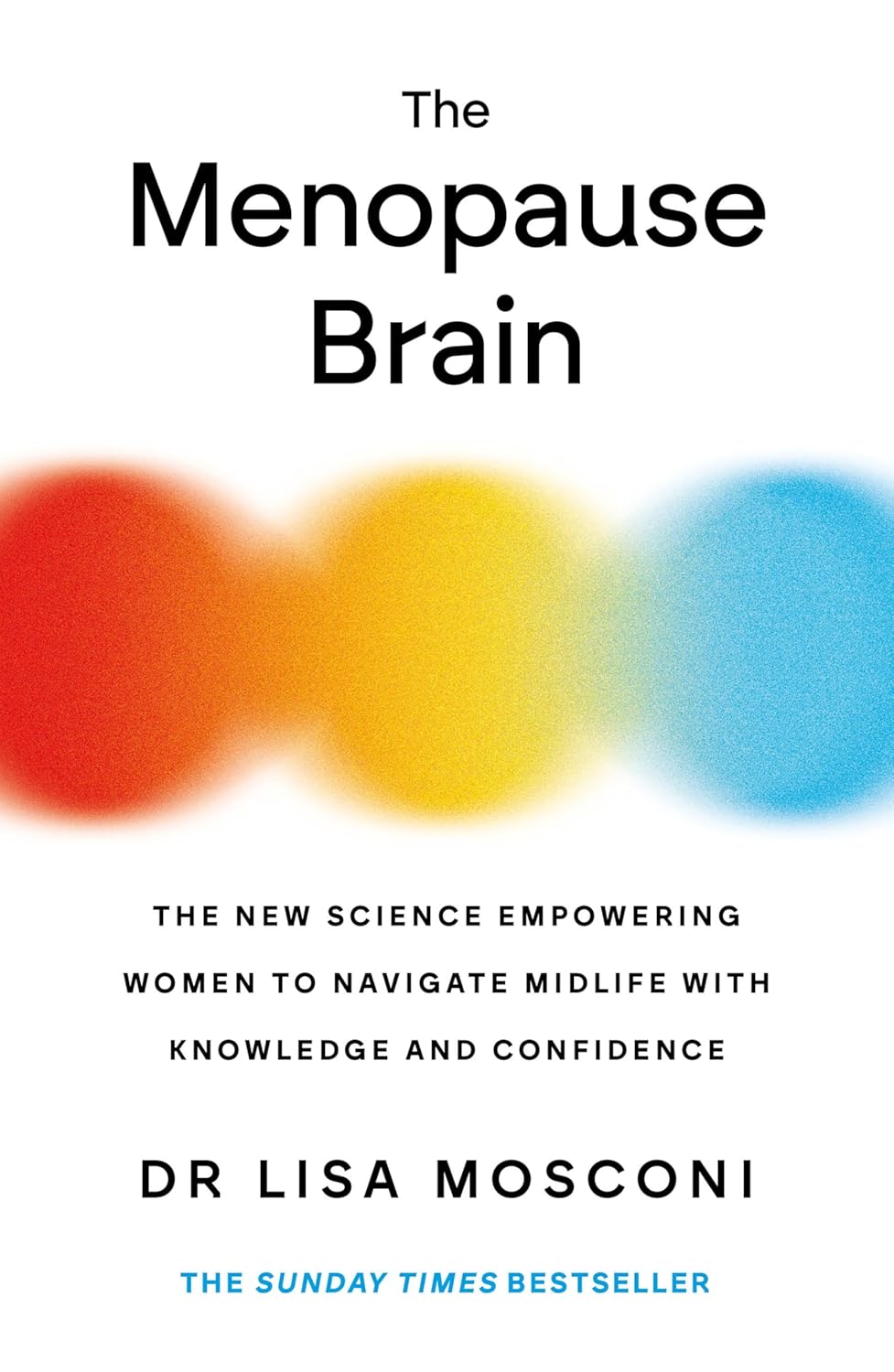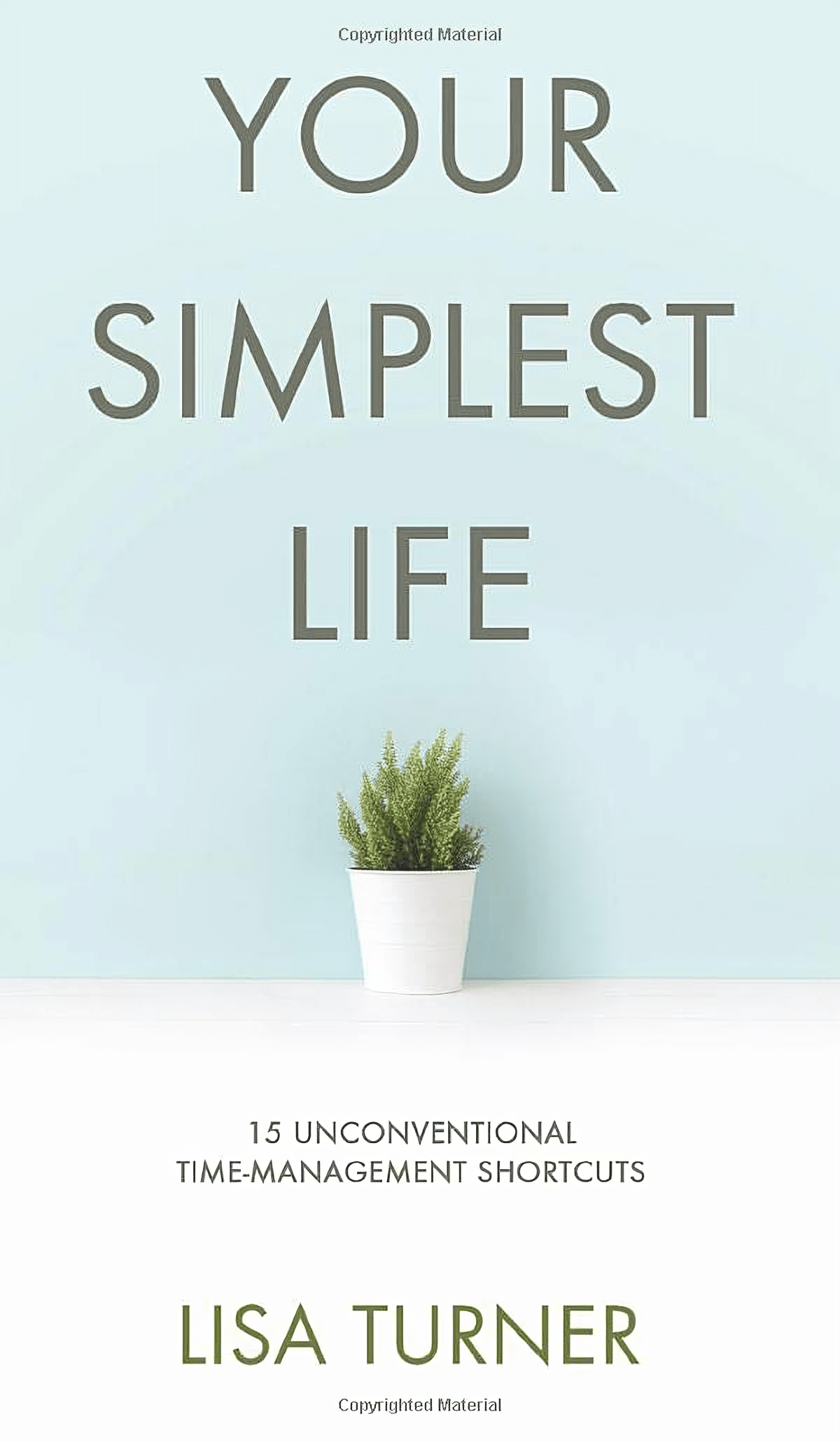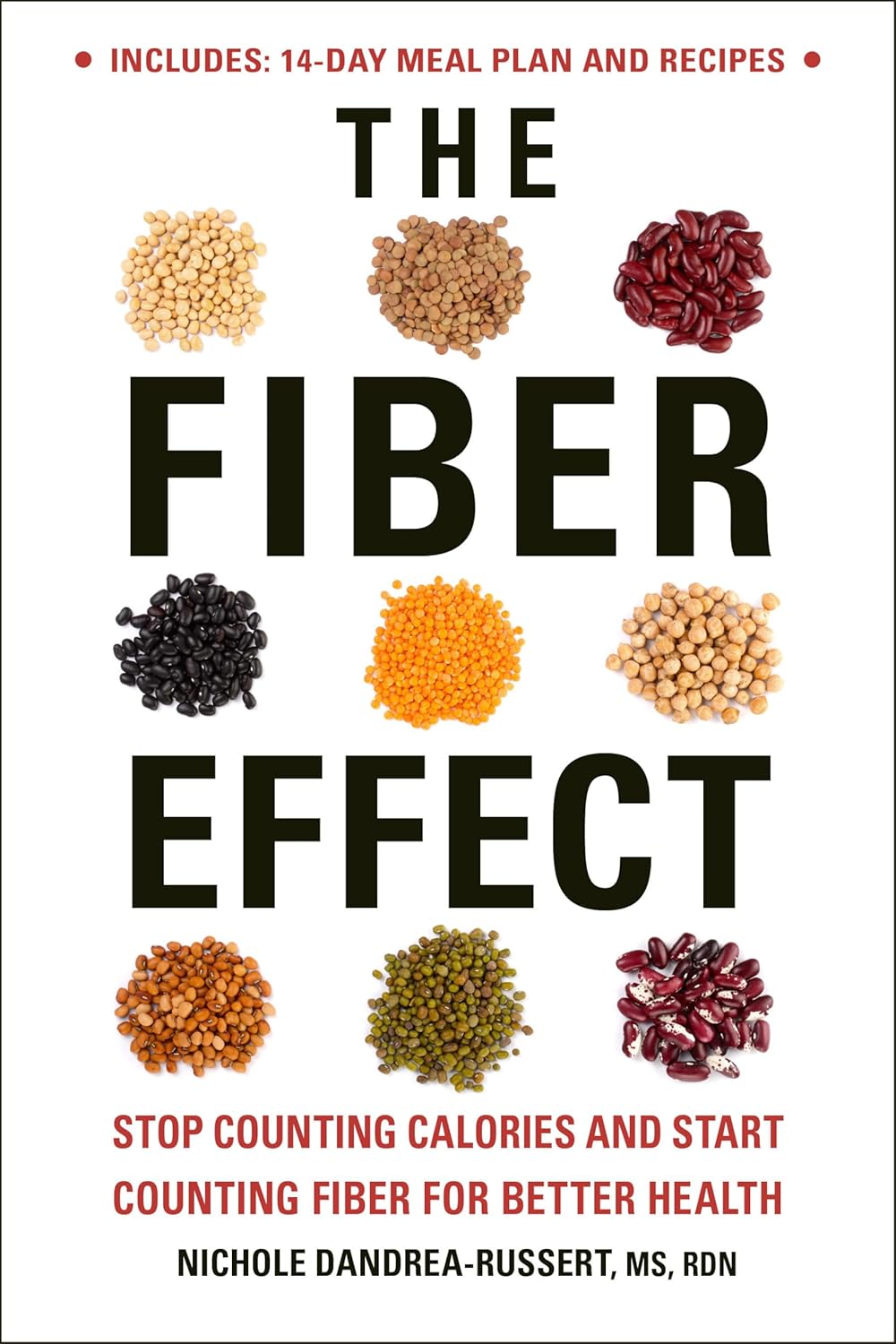
The Fiber Effect – by Nichole Dandrea-Russert
10almonds is reader-supported. We may, at no cost to you, receive a portion of sales if you purchase a product through a link in this article.
The author, a registered dietician-nutritionist (RDN), brings to this work her decades of professional experience specializing in heart disease, diabetes, sports nutrition, and women’s health—and it shows.
The main premise is, of course “eat more fiber”, but she also talks us through what happens if we don’t, and how very many people (including 95% of Americans) suffer the consequences of a fiber-deficient diet, usually without even knowing that that’s the reason.
This book details the many different kinds of fiber (which is one of the reasons for consuming a wide variety of plants, not just one or two star-performers), what they do, what we need to prioritize for what, and more.
The recipes, of which there are 40 (enough to furnish us with a 14-day meal plan, which she does) are plant-based and varied.
The style is energetic and friendly, with plenty of (well-referenced) scientific information, but little-to-no jargon.
Bottom line: if you’d like to improve your fiber intake, then this book can help you supercharge that!
Click here to check out The Fiber Effect, and feel the difference!
Don’t Forget…
Did you arrive here from our newsletter? Don’t forget to return to the email to continue learning!
Recommended
Learn to Age Gracefully
Join the 98k+ American women taking control of their health & aging with our 100% free (and fun!) daily emails:
-
Dark Calories – by Dr. Catherine Shanahan
10almonds is reader-supported. We may, at no cost to you, receive a portion of sales if you purchase a product through a link in this article.
You may be wondering: do we really need a 416-page book to say “don’t use vegetable oils”?
The author, who was a biochemist before becoming a family physician, takes a lot of care to explain in ways the non-chemists amongst us can understand (with molecular diagrams very well-labelled), exactly why certain seed/vegetable oils (both of those names being imprecise and unhelpful as umbrella terms) cause metabolic problems for us, when in contrast olive oil, avocado oil, and even peanut oil, do not.
Understanding is, for many, the root foundation of compliance. We are more likely to abide by rules we understand the logic behind, than seemingly arbitrary “thou shalt not…” proclamations.
So that’s an important strength of the book, demystifying various fats and how our body responds to them on a biochemical level, not just “is associated with such-and-such, based on observational population studies”. This kind of explanation clears up why, for example, seed oils correlate with obesity more than calories, sugar, wheat, or beef—having as it does to do with affecting our body’s ability to generate and use energy.
She also offers practical tips/reminders throughout, such as how “organic” does not necessarily mean “healthy” (indeed, many poisonous plants can be grown “organically”), and nor does “organic” mean “unrefined”, it speaks only for the conditions in which the raw product was first made, before other things were done to it later.
We learn a lot, too, about the processes of oxidation, the biochemistry behind that (more diagrams!), and of course the inflammatory response to same (an important factor in most if not all chronic disease).
The style is mostly very easy-to-read pop-science, though if you’re not a chemist, you’ll probably need to slow down for the biochemistry explanations (this reviewer certainly did).
Bottom line: this is more than just a litany against vegetable oils; it’s a ground-upwards education in metabolic biochemistry for the layperson, and what that means for us in terms of chronic disease risks.
Click here to check out Dark Calories, and learn what’s going on with these oils!
Share This Post
-
Soy Allergy? No Problem! Turn Any Legume Into Tofu (Here’s How)
10almonds is reader-supported. We may, at no cost to you, receive a portion of sales if you purchase a product through a link in this article.
Legumes have similar chemical composition, which means they can generally be used in the same ways as each other:
Variety is the spice of life
In the video, he demonstrates this with green peas, red lentils, and green lentils, and mentions that it is the same for chickpeas too. The process is:
- Soak 100g dried legumes overnight in plenty of water.
- Drain and blend with 250ml fresh water until smooth.
- Pour into a nonstick frying pan, add ½ tsp salt, and stir.
- Cook until it thickens into a paste, then cook for another 2–3 minutes on low heat.
- Transfer to a 500ml mold, smooth the top, and set in the fridge for 1 hour.
- If properly set, it can be eaten as-is or fried into crispy cubes.
- Stir-fry tofu with: ginger, spring onions, garlic, and chili.
- Sauce: suggestions include soy sauce, rice wine vinegar, mirin, sesame oil.
- Garnish with: sesame and coriander seeds
Science behind it: heating alters protein bonds and starches, forming a thick paste that sets.
Note: legumes contain natural toxins that are destroyed by cooking. For some, like those mentioned above, frying for a few minutes is sufficient. However, kidney beans are high in phytohemagglutinin, which requires at least 20 minutes of cooking to be safe, making them unsuitable for this process.
For more on all of this, plus visual demonstrations, enjoy:
Click Here If The Embedded Video Doesn’t Load Automatically!
Want to learn more?
You might also like to read:
Six Ways To Eat For Healthier Skin
Take care!
Share This Post
-
Plant-Based Alternatives for Meat Recipes
10almonds is reader-supported. We may, at no cost to you, receive a portion of sales if you purchase a product through a link in this article.
It’s Q&A Day at 10almonds!
Have a question or a request? We love to hear from you!
In cases where we’ve already covered something, we might link to what we wrote before, but will always be happy to revisit any of our topics again in the future too—there’s always more to say!
As ever: if the question/request can be answered briefly, we’ll do it here in our Q&A Thursday edition. If not, we’ll make a main feature of it shortly afterwards!
So, no question/request too big or small
❝How about providing a plant-based alternative when you post meat-based recipes? I appreciate how much you advocate for veggie diets and think offering an alternative with your recipes would support that❞
Glad you’re enjoying! And yes, we do usually do that. But: pardon, we missed one (the Tuna Steak with Protein Salad) because it’d be more than a simple this-for-that substitution, we didn’t already have an alternative recipe up (as with the salmon recipes such as the Chili Hot-Bedded Salmon and Thai Green Curry Salmon Burgers).
Our recipes, by the way, will tend towards being vegan, vegetarian, or at least pescatarian. This is for several reasons:
- Good science suggests the best diet for general purpose good health is one that is mostly plants, with optional moderate amounts of fermented dairy products, fish, and/or eggs.
- Your writer here (it’s me, hi) has been vegan for many years, transitioning to such via pescatarianism and ovo-lacto vegetarianism, and so the skill of cooking meat is least fresh in my memory, meaning I’d not be confident writing about that, especially as cooking meat has the gravest health consequences for messing it up.
Note on biases: notwithstanding this writer being vegan, we at 10almonds are committed to reporting the science as it stands with no agenda besides good health. Hence, there will continue to be unbiased information about animal products’ health considerations, positive as well as negative.
See also: Do We Need Animal Products To Be Healthy?
…as well as, of course, some animal-based classics from our archives including:
We Are Such Stuff As Fish Are Made Of & Eggs: All Things In Moderation?
Finishing with one for the vegans though, you might enjoy:
Which Plant Milk? We Compare 6 Of The Most Popular
Some previous articles you might enjoy meanwhile:
- Pinpointing The Usefulness Of Acupuncture
- Science-Based Alternative Pain Relief
- Peripheral Neuropathy: How To Avoid It, Manage It, Treat It
- What Does Lion’s Mane Actually Do, Anyway?
Take care!
Share This Post
Related Posts
-
The Menopause Brain – by Dr. Lisa Mosconi
10almonds is reader-supported. We may, at no cost to you, receive a portion of sales if you purchase a product through a link in this article.
With her PhD in neuroscience and nuclear medicine (a branch of radiology, used for certain types of brain scans, amongst other purposes), whereas many authors will mention “brain fog” as a symptom of menopause, Dr. Mosconi can (and will) point to a shadowy patch on a brain scan and say “that’s the brain fog, there”.
And so on for many other symptoms of menopause that are commonly dismissed as “all in your head”, notwithstanding that “in your head” is the worst place for a problem to be. You keep almost your entire self in there!
Dr. Mosconi covers how hormones influence not just our moods in a superficial way, but also change the structure of our brain over time.
Importantly, she also gives an outline of how to stay on the ball; what things to watch out for when your doctor probably won’t, and what things to ask for when your doctor probably won’t suggest them.
Bottom line: if menopause is a thing in your life (or honestly, even if it isn’t but you are running on estrogen rather than testosterone), then this is a book for you.
Click here to check out The Menopause Brain, and look after yours!
Don’t Forget…
Did you arrive here from our newsletter? Don’t forget to return to the email to continue learning!
Learn to Age Gracefully
Join the 98k+ American women taking control of their health & aging with our 100% free (and fun!) daily emails:
-
Egg Noodles vs Rice Noodles – Which is Healthier?
10almonds is reader-supported. We may, at no cost to you, receive a portion of sales if you purchase a product through a link in this article.
Our Verdict
When comparing egg noodles to rice noodles, we picked the egg noodles.
Why?
It was close—these are both quite mediocre foods. They’re neither amazing for the health nor appalling for the health (in moderation). They are both relatively low in nutrients, but they are also low in anti-nutrients, i.e. things that have a negative effect on the health.
Their mineral profiles are similar; both are a source of selenium, manganese, phosphorus, copper, and iron. Not as good as many sources, but not devoid of nutrients either.
Their vitamin profiles are both pitiful; rice noodles have trace amounts of various vitamins, and egg noodles have only slightly more. While eggs themselves are nutritious, the processing has robbed them of much of their value.
In terms of macros, egg noodles have a little more fat (but the fats are healthier) and rice noodles have a lot more carbs, so this is the main differentiator, and is the main reason we chose the egg noodles over the rice noodles. Both have a comparable (small) amount of protein.
In short:
- They’re comparable on minerals, and vitamins here are barely worth speaking about (though egg noodles do have marginally more)
- Egg noodles have a little more fat (but the fats are healthier)
- Rice noodles have a lot more carbs (with a moderately high glycemic index, which is relatively worse—if you eat them with vegetables and fats, then that’ll offset this, but we’re judging the two items on merit, not your meal)
Learn more
You might like this previous main feature of ours:
Should You Go Light Or Heavy On Carbs?
Take care!
Don’t Forget…
Did you arrive here from our newsletter? Don’t forget to return to the email to continue learning!
Learn to Age Gracefully
Join the 98k+ American women taking control of their health & aging with our 100% free (and fun!) daily emails:
-
Your Simplest Life – by Lisa Turner
10almonds is reader-supported. We may, at no cost to you, receive a portion of sales if you purchase a product through a link in this article.
We probably know how to declutter, and perhaps even do a “unnecessary financial expenditures” audit. So, what does this offer beyond that?
A large portion of this book focuses on keeping our general life in a state of “flow”, and strategies include:
- How to make sure you’re doing the right part of the 80:20 split on a daily basis
- Knowing when to switch tasks, and when not to
- Knowing how to plan time for tasks
- No more reckless optimism, but also without falling foul of Parkinson’s Law (i.e. work expands to fill the time allotted to it)
- Decluttering your head, too!
When it comes to managing life responsibilities in general, Turner is very attuned to generational differences… Including the different challenges faced by each generation, what’s more often expected of us, what we’re used to, and how we probably initially learned to do it (or not).
To this end, a lot of strategies are tailored with variations for each age group. Not often does an author take the time to address each part of their readership like that, and it’s really helpful that she does!
All in all, a great book for simplifying your daily life.
Don’t Forget…
Did you arrive here from our newsletter? Don’t forget to return to the email to continue learning!
Learn to Age Gracefully
Join the 98k+ American women taking control of their health & aging with our 100% free (and fun!) daily emails:

